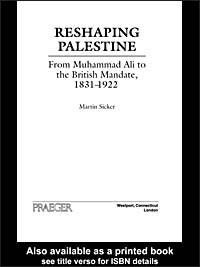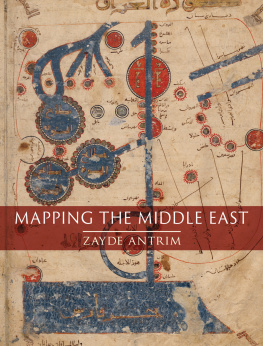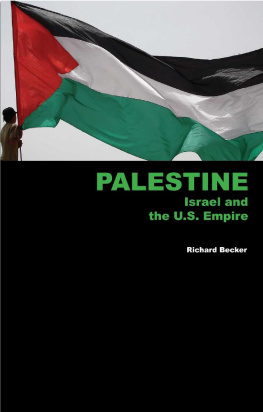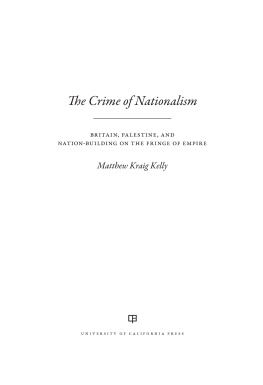Cover

| title | : | Reshaping Palestine : From Muhammad Ali to the British Mandate, 1831-1922 |
| author | : | Sicker, Martin. |
| publisher | : | Greenwood Publishing Group |
| isbn10 | asin | : | 0275966399 |
| print isbn13 | : | 9780275966393 |
| ebook isbn13 | : | 9780313048821 |
| language | : | English |
| subject | Balfour Declaration, Balfour Declaration, Zionism--History, Hibbat Zion, Palestine--History--1799-1917, Middle East--Politics and government. |
| publication date | : | 1999 |
| lcc | : | DS125.S53 1999eb |
| ddc | : | 956.94/03 |
| subject | : | Balfour Declaration, Balfour Declaration, Zionism--History, Hibbat Zion, Palestine--History--1799-1917, Middle East--Politics and government. |
Page i
RESHAPING PALESTINE
Page ii
This page intentionally left blank.
Page iii
RESHAPING PALESTINE
From Muhammad Ali to the British Mandate, 18311922
Martin Sicker

Page iv
Library of Congress Cataloging-in-Publication Data
Sicker, Martin.
Reshaping Palestine : from Muhammad Ali to the British Mandate,
18311922 / Martin Sicker.
p. cm.
Includes bibliographical references and index.
ISBN 0275966399 (alk. paper)
1. PalestineHistory17991917. 2. Middle EastPolitics and
government. 3. ZionismHistory. 4. Hibbat Zion. 5. Balfour
declaration. I. Title.
DS125.S53 1999
956.9403dc21 9921191
British Library Cataloguing in Publication Data is available.
Copyright 1999 by Martin Sicker
All rights reserved. No portion of this book may be
reproduced, by any process or technique, without the
express written consent of the publisher.
Library of Congress Catalog Card Number: 9921191
ISBN: 0-275-96639-9
First published in 1999
Praeger Publishers, 88 Post Road West, Westport, CT 06881
An imprint of Greenwood Publishing Group, Inc.
www.praeger.com
Printed in the United States of America

The paper used in this book complies with the
Permanent Paper Standard issued by the National
Information Standards Organization (Z39.481984).
10 9 8 7 6 5 4 3 2 1
Page v
This book is dedicated to my wife, Ahouva,
my unwavering support for forty years.
Page vi
This page intentionally left blank.
Page vii
Contents
Preface | ix |
| Setting the Stage | |
| First Nationalist Stirrings | |
| The Lovers of Zion | |
| The Emergence of the Zionist Movement | |
| The Era of Practical Zionism | |
| The Balfour Declaration | |
| Diplomacy from the Armistice to the Mandate | |
| Past as Prologue | |
Bibliography | |
Index | |
Page viii
This page intentionally left blank.
Page ix
Preface
The history of the name of the territory lying along the Mediterranean coast between Syria, Lebanon, and Egypt is reflective of the complex history of the land it describes. The name Palestine has its origin in the Hebrew Peleshet, first mentioned in the Bible (Exodus 15:14) in reference to the land of the Pelishtim, or Philistines, one group of the Sea Peoples that invaded the region during the early biblical period. The territory of the Philistines was located in the coastal plain of southwestern Cis-Jordan (the land between the Mediterranean Sea and the Jordan River), the latter being known in biblical times generally as the land of Canaan, in an area overlapping the contemporary Gaza strip. The name later appears in the Persian Wars of the Greek historian Herodotus in the form of an adjective describing the Philistine Syria, which presumably was intended to include all of Cis-Jordan. Subsequently, the phrase was shortened and the Greek term Palaistinei became a proper noun, which was later transformed into the name Palestine. The name fell into disuse during the period of the Second Hebrew Commonwealth but was revived in Roman times by the emperor Hadrian. He used it to replace the name Judea (by which the land had been known for centuries), following the fierce struggle with the rebellious Jews that ended in their final defeat in 135 C.E. From Byzantine times to the end of the Ottoman Empire, the name was commonly applied in non-Jewish languages to the Land of Israel or Holy Land. The latter term was understood to include both Cis-Jordan and parts of the ancient territories of Ammon, Moab, and Edom on the east bank of the
Page x
Jordan River. For most of that period, however, those who actually governed the country, with the exception of the crusaders, made little use of the name. After the fall of the crusader Kingdom of Jerusalem in 1187, the name Palestine was no longer used by its rulers as a designation for the territories it had encompassed. Under Ottoman rule, the country was divided into distinct administrative units that were considered to be the southern part of the province of Syria. Palestine came into official use once again only when the British received a League of Nations mandate for the country following First World I.
Palestine, under the original terms of the mandate, consisted of the territories of both Cis-Jordan and Trans-Jordan. However, the British contrived to partition the country at the Jordan River, thus removing the eastern portion from the mandate. Trans-Jordan thus became, first, the Emirate of Transjordan (1922) and, later, the Kingdom of Trans-jordan (1946). The Kingdom of Transjordan was subsequently renamed the Hashemite Kingdom of Jordan, a designation that reflected the expansionist ambitions of its ruler, who seized part of Cis-Jordan in 1948 and incorporated it, by an almost universally unrecognized annexation, into the Jordanian state until the time of its conquest by the Israelis in 1967. The British retained the name Palestine for Cis-Jordan until their withdrawal from the country in 1948. With the simultaneous declaration of the State of Israel in those parts of Palestine not occupied by Jordan and Egypt (the Gaza strip), the name Palestine fell into disuse by the Jews. However, it soon became the name of choice for the Arabs of Cis-Jordan who resided in territories outside the pre-1967 boundaries of Israel and were in need of a new national identity.
Next page














